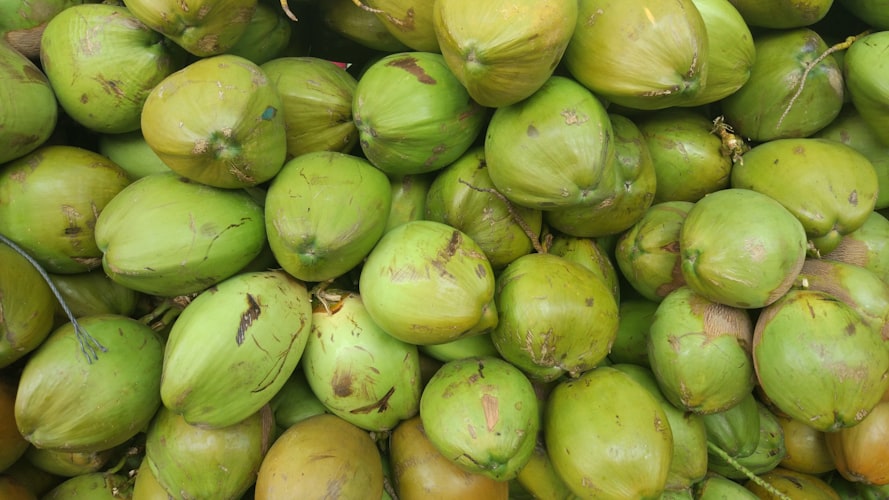
Linear Probing and Power of Two Choices
The topics covered today are not directly related to any specific bioinformatics algorithm, but given their widespread use in non-bioinformatics applications, it is only a matter of time before someone finds a use in bioinformatics world. Together with Bloom filter and Cuckoo hashing, they form a complete toolbox for uses of hashing.
Linear Probing
Linear probing is an old concept for filling up buckets, when collision occurs in a hash table. The idea behind it is very simple. It says that when collision occurs, check the next spot in the hash table, next to next one and so on. One can also generalize the concept of ‘next’ by using a stepsize.
Linear probing is a scheme in computer programming for resolving hash collisions of values of hash functions by sequentially searching the hash table for a free location.[1] This is accomplished using two values - one as a starting value and one as an interval between successive values in modular arithmetic. The second value, which is the same for all keys and known as the stepsize, is repeatedly added to the starting value until a free space is found, or the entire table is traversed. (In order to traverse the entire table the stepsize should be relatively prime to the arraysize, which is why the array size is often chosen to be a prime number.)
newLocation = (startingValue + stepSize) % arraySize
Power of Two Choices
‘Power of two choices’ came from PhD thesis (1996) of Michael David Mitzenmacher, and is applicable to load balancing.
Suppose that n balls are placed into n bins, each ball being placed into a bin chosen independently and uniformly at random. Then, with high probability, the maximum load in any bin is approximately log n/(log log n). Suppose instead that each ball is placed sequentially into the least full of d bins chosen independently and uniformly at random. It has recently been shown that the maximum load is then only (log logn)/(log d +O(1)) with high probability. Thus giving each ball two choices instead of just one leads to an exponential improvement in the maximum load. This result demonstrates the power of two choices, and it has several applications to load balancing in distributed systems.
Here are two useful links, if you want to learn more -
The Power of Two Choices - Benny van Houdt